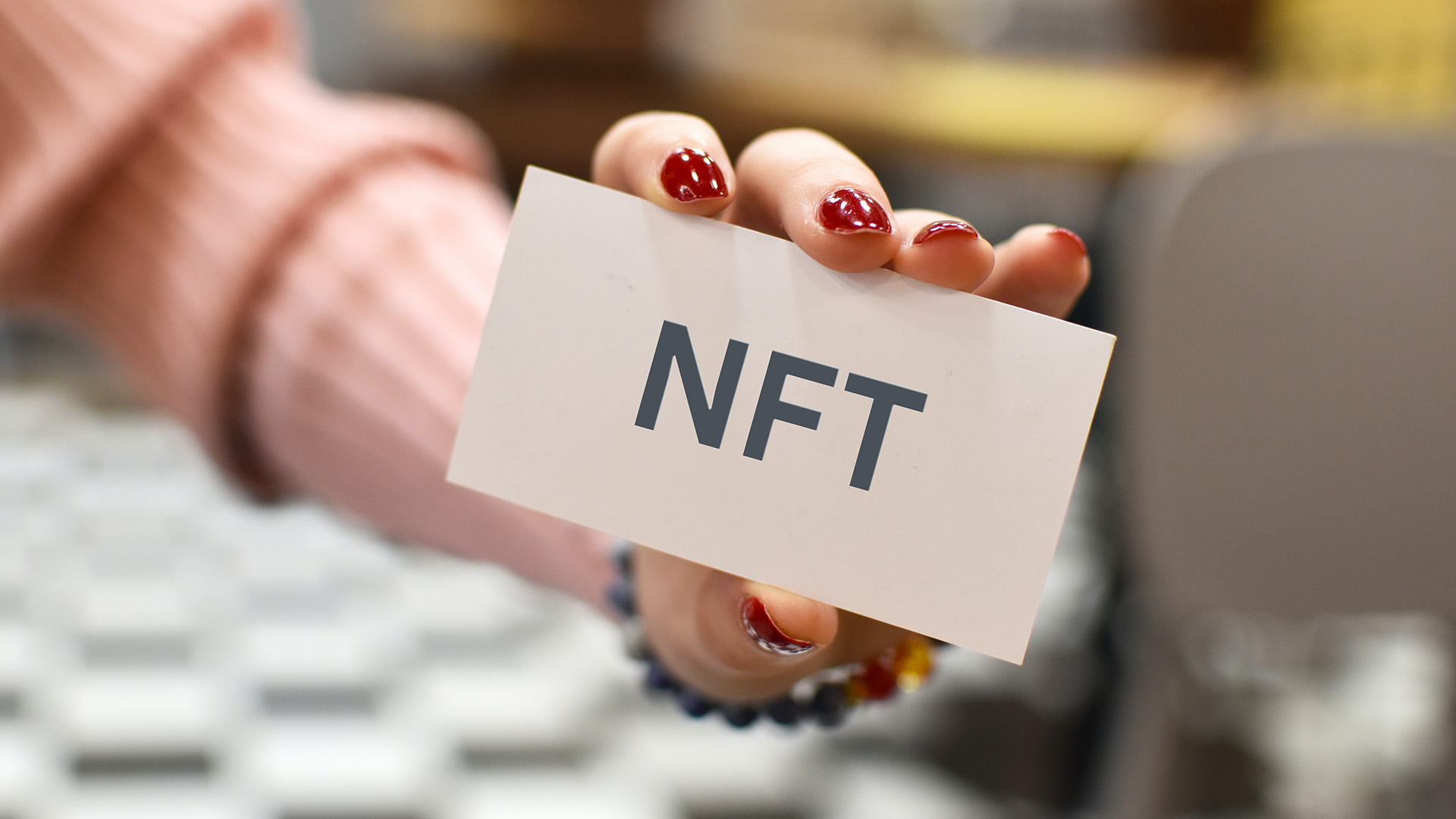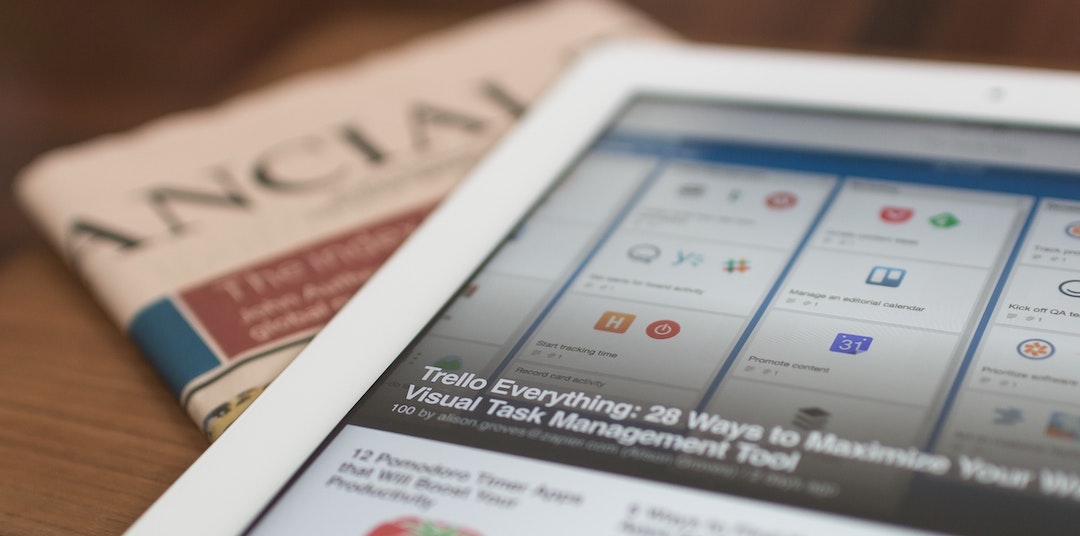 As is often my habit, I was sitting in an airport lounge recently, involved in one of my favorite business-travel entertainments— watching cable news with no sound. The folks on the big screen are engaged in what is possibly the least desirable interview format for participants: the “Brady Bunch” format, with several talking heads shown in boxes, speaking from different locations around the country.
As is often my habit, I was sitting in an airport lounge recently, involved in one of my favorite business-travel entertainments— watching cable news with no sound. The folks on the big screen are engaged in what is possibly the least desirable interview format for participants: the “Brady Bunch” format, with several talking heads shown in boxes, speaking from different locations around the country.
As this checkerboard scene catches my eye, one woman is enlarged to full screen. The sound is muted, but her pained, deer-in-the-headlights look makes one thing clear: she is talking about something incredibly important— taxes, healthcare, Rocky Road ice cream or something like that. Her lips are tight. Her eyes dart from left to right. Her brow is furrowed. She frowns. Sometimes she glances upward, as if attempting to pull her next line out of the clouds. The image she projects is everything an on-air commentator should avoid. Her visual impression is shifty, tense and repellent. But, I’m sure she’s made some excellent points!
Seconds later, one of her partners in commentary gets the full-screen treatment. She is passionate. She simply glows. Her eyes sparkle. Her smile captivates and her teeth dazzle like something out of a toothpaste advertisement. She looks me right in the eye, and I am convinced that she is telling me the truth. Except, I don’t know what she’s saying, because the sound is muted. It doesn’t matter. She’s won my heart.
The talking-head-in-a-box has rapidly become the broadcast interview format of choice, and it’s often a challenge. It has a funny way of sucking all the warmth and energy out of a person, probably because there’s a menacing camera aimed right between your eyes. You’re alone in a room, the questions are fed into your ear, and there’s no warm body with which to make contact. You might as well be sending an SOS from Mars.
Here are a few interview tips I’ve gleaned from a long history of delayed flights and muted cable news:
- Posture Matters: Like Mom always said, stop slouching! When you’re the talking-head-in-a-box, slouching or even slight relaxation comes off as sloppy or disengaged. The closeness of the camera demands physical precision. So sit or stand straight, square off your shoulders, and lean in slightly with one shoulder. The impression the audience gets is a person who’s sharp, focused and in command.
- Energy Comes Through the Face: During a TV news interview the camera is close and static. If you move around, it won’t come with you. This kills any opportunity to use engaging body language. All energy therefore must come through your face. Let’s start with the eyes. Congressman Barney Frank was recently lampooned on Letterman for shutting his eyes during much of an interview on MSNBC Hardball. Keep your eyes open and looking into the camera. Next is your smile. Yes, smile! Start smiling before the light goes on, and keep smiling. Your smile is the first signal the audience gets that you have something worthwhile to say. Even serious information can be delivered with a smile.
- Content is Key: Unlike TVs in an airport lounge, most aren’t muted. Proper posture, eye contact, and a big smile are essential, but they won’t be enough if what you’re saying is bunk. And, it’s not the time for a dissertation. Come prepared with a few, simple messages you’d like to get across. Speak in headlines, avoid industry-specific lingo, and, for our sake, don’t ramble on and on!



